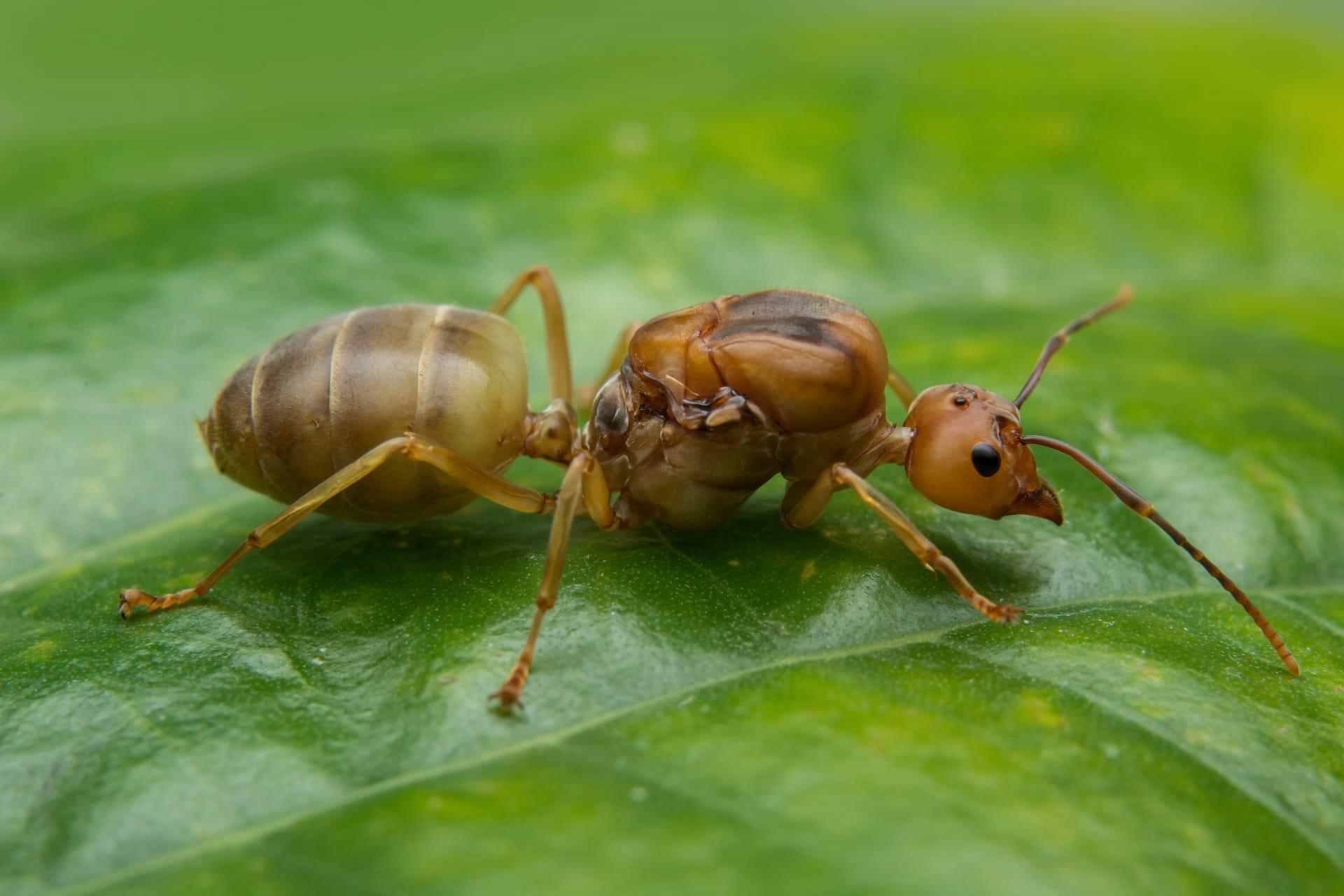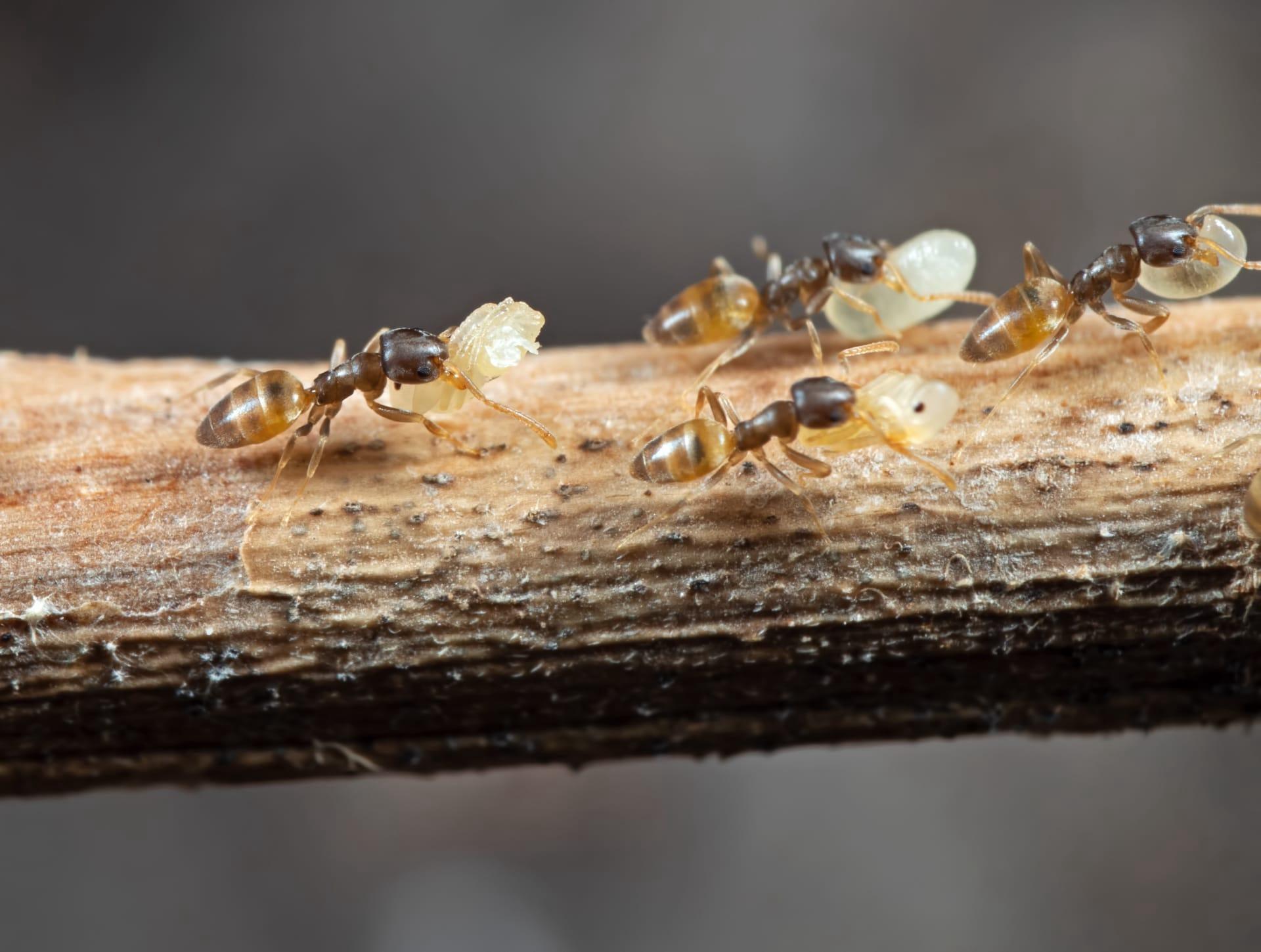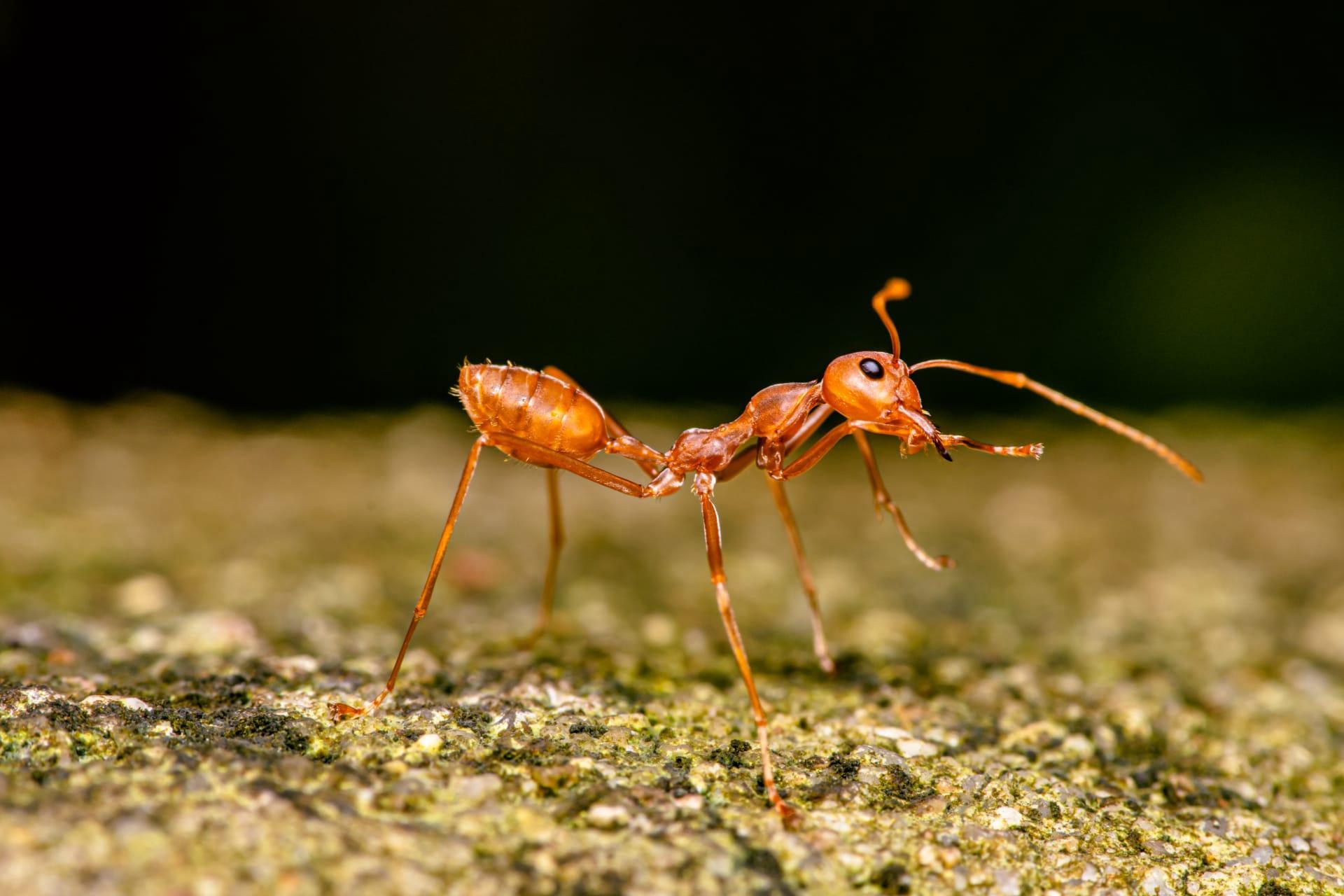Ants
- Home /
- Mini Encyclopedia /
- Animal /
- Ants
1
Ants, belonging to the family Formicidae, are a diverse group with over 12,000 species described. They are classified in the order Hymenoptera, which also includes wasps and bees. Ants have been particularly successful in their evolution, with species adapted to a wide range of environments. Their body structure is characterized by a constricted waist (known as the petiole), elbowed antennae, and a distinctive node-like structure that forms their slender waists.
Ants are found on every continent except Antarctica, thriving in most ecosystems. Their global distribution is a testament to their adaptability and social organization. They can be found from rainforests to deserts, showcasing a remarkable ability to survive in diverse conditions. In rainforests, for instance, ants constitute up to 25% of the total animal biomass, a clear indicator of their ecological dominance.

2
Question: Do ants sleep?
Answer: Contrary to popular belief, ants do experience rest periods. These are not sleep in the human sense but are periods of reduced activity and responsiveness. Ants have a cyclical pattern of resting phases which can be observed in a colony. Each rest period can last for about 8 minutes in a 12-hour cycle. Unlike humans, ants do not have eyelids, so they rest with their eyes open. This resting behavior is crucial for their survival, as it allows for energy conservation and helps maintain their health and productivity.

3
Ants are renowned for their sophisticated survival strategies. One key strategy is their complex social structure, where tasks are divided among different types of ants within the colony, such as workers, soldiers, and queens. This division of labor allows for efficient functioning and survival of the colony. Workers gather food, care for the queen’s offspring, and maintain and defend the nest, while the queen focuses on reproduction.
Another strategy is their communication system, primarily through pheromones, which are chemical signals. These pheromones are used for finding food, alerting danger, and guiding other ants to resources. This highly effective communication system is crucial for their survival, especially in their often hostile environments, enabling them to locate food and defend themselves against predators efficiently.

4
In ecosystems, ants play multiple roles. They act as predators, helping control populations of other insects and small animals. By preying on a variety of organisms, ants maintain a balance in the ecosystem, ensuring no single species dominates. Moreover, ants are scavengers, clearing dead matter and waste, thus contributing to the decomposition process and nutrient cycling in the soil.
Ants also engage in mutualistic relationships, particularly with plants. They pollinate flowers while foraging and disperse seeds, aiding in plant reproduction and diversity. Some species even protect plants from herbivores, receiving shelter and food in return. Their tunneling activity improves soil aeration and nutrient mixing, enhancing soil health and plant growth.

5
Film: “Empire of the Ants” (2006) is a fascinating documentary produced in the United Kingdom. It delves into the intricate world of ants, showcasing their complex societies and survival tactics. The film reveals how ants communicate, cooperate, and compete in their highly structured communities.
Book: “The Lives of Ants” by Laurent Keller and Élisabeth Gordon, published in 2009 in France, offers a compelling insight into the world of ants. The authors, renowned for their work in myrmecology, explore the social structure, behavior, and ecology of ants, presenting a detailed and engaging portrait of these intriguing insects.
Book: “Journey to the Ants” by Bert Hölldobler and Edward O. Wilson, published in 1994 in the United States, is a seminal work in the study of ants. This book combines personal narrative with scientific exploration, detailing the authors’ extensive research and discoveries in myrmecology. It provides a comprehensive overview of ant biology and behavior, making it an essential read for anyone interested in these fascinating creatures.